 Given the rarity of records and performances of the music of Marc Blitzstein (1905-1964) through the 1970s, my first encounters with him were like everyone else: references in the “populist music of the 30s and 40s” section of 20th-century history books, and as arranger of the American version of Kurt Weill’s Threepenny Opera that we all knew from the old (& wonderful) original-cast recording. Works such as his iconic The Cradle will Rock and Airborne Symphony were still talked about, but quite hard to track down and hear. It wasn’t until the mid-80s that revivals and reassesments began, with good biographies coming even later.
Given the rarity of records and performances of the music of Marc Blitzstein (1905-1964) through the 1970s, my first encounters with him were like everyone else: references in the “populist music of the 30s and 40s” section of 20th-century history books, and as arranger of the American version of Kurt Weill’s Threepenny Opera that we all knew from the old (& wonderful) original-cast recording. Works such as his iconic The Cradle will Rock and Airborne Symphony were still talked about, but quite hard to track down and hear. It wasn’t until the mid-80s that revivals and reassesments began, with good biographies coming even later.
Though his trajectory parallels Weill’s or Copland’s in some way, moving from serious, cutting-edge classical to more readily accessible forms derived from popular music and musical theater, Blitzstein stuck with the agitator’s role to the end: works with a strong social message, whether against dictators of fascism or capitalism, and solidarity with the dispossesed and outsider. His reward as a political outsider was to be blacklisted in the red-scare 50s; and as a sexual outsider (though married, Blitzstein was rather openly gay) to be beaten to death in Martinique.
But before all that, there was the 20-something student from a well-to-do Jewish family, studying in Europe with both Arnold Schoenberg and Nadia Boulanger. This younger self, as John Jannson’s Blitzstein website writes, was “a self-proclaimed and unrepentant artistic snob who firmly believed that true art was only for the intellectual elite. He was vociferous in denouncing composers – in particular Kurt Weill – whom he felt debased their standards to reach a wider public.”
That young, arty-elitist composer is the one that our good friends at Other Minds have set out to document, with a new CD hitting the shelves May 12th. Titled First Life, it contains a number of unpublished and barely-heard works from the late 20s and early 30s, given passionate performances by pianist Sarah Cahill and the Del Sol String Quartet. This is smart and energetic music, filled with then-experimental flourishes, and well worth putting on your shelf or in your playlist.
WNYC’s Sara Fishko recently profiled the CD, as well as the rest of the great Other Minds CD catalog, on her The Fishko Files program; it’s still up for listening here.
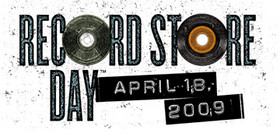
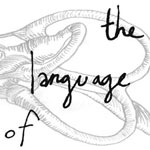

 Unlike the album driven days of yore, today it’s all about the mix. From purchasing single tracks digitally at online stores such as Itunes and Amazon to the internet radio sensation Pandora, which tailors ‘stations’ to a listener’s preferences, music is presented as eminently accessible; instant gratification, inevitable. While all aforementioned methods of mix are exciting in their potential for discovery, surfing the impossibly
Unlike the album driven days of yore, today it’s all about the mix. From purchasing single tracks digitally at online stores such as Itunes and Amazon to the internet radio sensation Pandora, which tailors ‘stations’ to a listener’s preferences, music is presented as eminently accessible; instant gratification, inevitable. While all aforementioned methods of mix are exciting in their potential for discovery, surfing the impossibly  James Combs, composer… Ah, where to start?… I met James years ago, in our formerly-shared hometown of Seattle. Truly a “regular-Joe” in person, giving little hint of the ornate wheels spinning underneath. An anecdote on James’
James Combs, composer… Ah, where to start?… I met James years ago, in our formerly-shared hometown of Seattle. Truly a “regular-Joe” in person, giving little hint of the ornate wheels spinning underneath. An anecdote on James’ 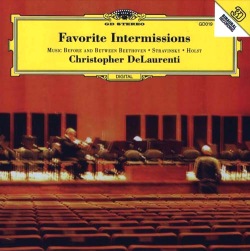 At the start of 2007, I told you about my composer/sound-artist pal
At the start of 2007, I told you about my composer/sound-artist pal 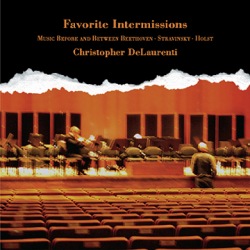 After lengthy negotiation, Chris’ CD has been given the green light again, and is
After lengthy negotiation, Chris’ CD has been given the green light again, and is 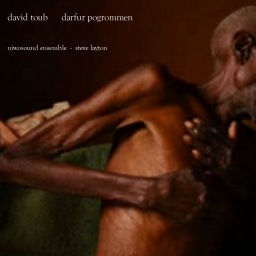
 Growing up in a podunk, nil-culture, border-ish town in Washington State, half of my classical education came by way of drifty, static-filled, late-night AM listening to the CBC. Not only work by Stravinsky, Boulez, and Xenakis, but a whole raft of amazingly strong Canadian composers: R. Murray Schafer, John Rea, Claude Vivier and the like. Many of these recordings were CBC productions, and were something that gave me an early admiration of our northern neighbor’s commitment to the arts.
Growing up in a podunk, nil-culture, border-ish town in Washington State, half of my classical education came by way of drifty, static-filled, late-night AM listening to the CBC. Not only work by Stravinsky, Boulez, and Xenakis, but a whole raft of amazingly strong Canadian composers: R. Murray Schafer, John Rea, Claude Vivier and the like. Many of these recordings were CBC productions, and were something that gave me an early admiration of our northern neighbor’s commitment to the arts.